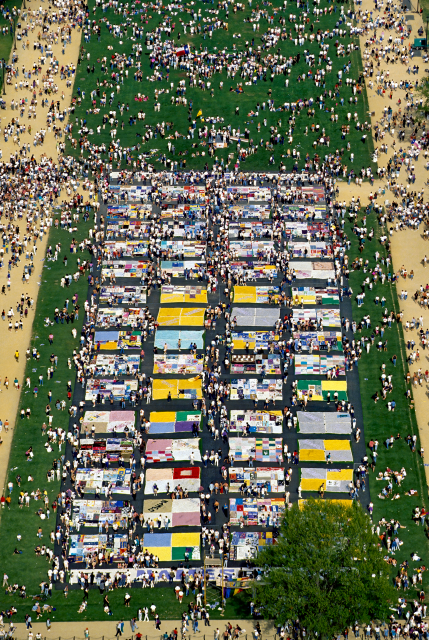This morning, a medievalist colleague of mine sent me an excited message about an early evocation of the concept of collage. Citing a paper from renowned medieval art historian, Paul Binski, she rehearsed his reading of an argument made by the English Dominican John Bromyard (d. ca. 1352), which defined the work of artists as invention by gathering, or, collatio; a practice of picking, choosing, and placing.[i]
Fascinatingly, this mode of thinking predates the accepted derivation of collage from the French verb, coller (to glue), by several centuries. As someone who has been concerned with thinking about the longer histories of collage that we might tell, this interpretation obviously intrigued me. Whether or not we can trace a distinct etymological line between these instances of gathering and gluing, this coincidence nevertheless speaks to the consistency with which the composite has been at the forefront of artistic production.
This concept is explored at length in my book Fragmentary Forms: A New History of Collage, which asks what happens when we try and trace a history of collage back across time and space. Moving beyond narratives of modernist invention, the book is concerned with moments of invention, exchange and expression on both intimate and global scales. Some of the larger histories told on its pages are those of technological revolution—the advent of mass production, for example, which transformed our engagements with, and understandings of, the material world. With more stuff available than ever before, our engagements with that stuff inevitably shifted in numerous ways.
Indeed, various mass-produced items became bound up with collage practices, including newspaper clippings, papers for decoupaging, scraps, chromolithographic images, alongside materials used for ornamenting prints and scrapbooks. Valentines’ cards, the quintessential material purveyor of sentiment, likewise used a visual language of collage-like elements combined with printed messages that aped the look of handwriting in order to create loving gifts and gestures. In this model, collage represents an attempt to understand and to process this new visual and material complexity, all the while rendering it more personally meaningful.
As a result of this process of personalisation, collage is a medium ripe for the expression of personal identities of all kinds. Across history, makers of composite objects have sought to convey sentiment and emotion to loved ones, to record family and professional histories, or to articulate resistance to a dominant social order. Queer theorists have long considered collage in these terms. Jack Halberstam, for example, has established the assembled as an inherently queer mode.[ii] Disruptive, interruptive, and, ultimately, interrogative, collage literalizes and represents social tensions of all kinds through its violent juxtaposition of image, object, and text. This reading has meant that collage has often been employed by artists seeking to express gendered and sexual identities that have long been decentred (and actively supressed) in favour of heteronormative models of engagement. That many individuals from historically marginalized backgrounds have sought to harness collage in the service of illustrating their causes in visual and material form should not be surprising, given the long interrelationship between the production of craft and the expression of political cause and affiliation.
The history of quilting, for example, provides numerous examples of composite objects whose makers have chosen to stitch together their stories. Quiltmaking is at the heart of artist Sarah-Joy Ford’s archival interventions, which deploy intricately designed quilts as sites of interrogation and reparation. Simultaneously luridly feminine and potently feminist, Ford’s quilts use research undertaken at historical sites such as Plas Newydd (home to the so-called ‘Ladies of Llangollen’) to translate intimate narratives of Lesbian relationships—often overlooked in canonical histories—into imaginative textiles.
There is, of course, perhaps no better example of the intertwining of craft and cause than the NAMES Project AIDS Memorial Quilt. This is a piece whose gargantuan size reflects the scale of the loss that resulted from AIDS and related complications. Each panel, dedicated to one person who has died as the result of HIV or AIDS, is a touching work of art in its own right, a precious memorial in textile to someone taken far too soon from this life.
While commemorating the specificities of these individuals and their lives, the quilt also functions as a colossal ensemble, testament to the swathes of individuals affected by this disease, living and dead, and the structural and political issues that allowed this to happen. Shown together, the quilt visually signifies the scale of the loss, which was felt most powerfully in LGBTQ+ communities. When displayed in Washington D. C., the quilt stretched for many feet, pulled taught alongside the capital’s monuments to America’s political greats. Yet unlike the dead presidents and dignitaries whose memories have long been so carefully preserved, those who died from HIV and AIDS had no such permanent memorial. With soft cotton contrasted against hard and enduring stone, the lack of care for affected individuals shown by the country’s political elites was made explicit.
Although playing on the softer associations of textiles—with comfort, intimacy, and the domestic all coming to mind when we think of quilts—the NAMES Project AIDS Memorial Quilt accordingly highlights the potential of the fragmentary form to subvert the status quo, while looking forward to the bright possibilities of a radically different future. While it is these narratives that end my book, they are at the heart of any discussion of collage, past or present.
Freya Gowrley is a leading scholar of the cultural lives of images and objects. She is based at the University of Bristol, where she writes about the relationship between art and identity from the early modern period to the present day. She is the author of Domestic Space in Britain, 1750–1840: Materiality, Sociability, and Emotion.
Notes
[i] Paul Binski, ‘Notes on artistic invention in Gothic Europe’ Intellectual History Review Volume 24, Issue 3: The Nature of Invention (2014), p. 287.
[ii] J. Halberstam, The Queer Art of Failure (Durham and London: Duke University Press, 2011).

